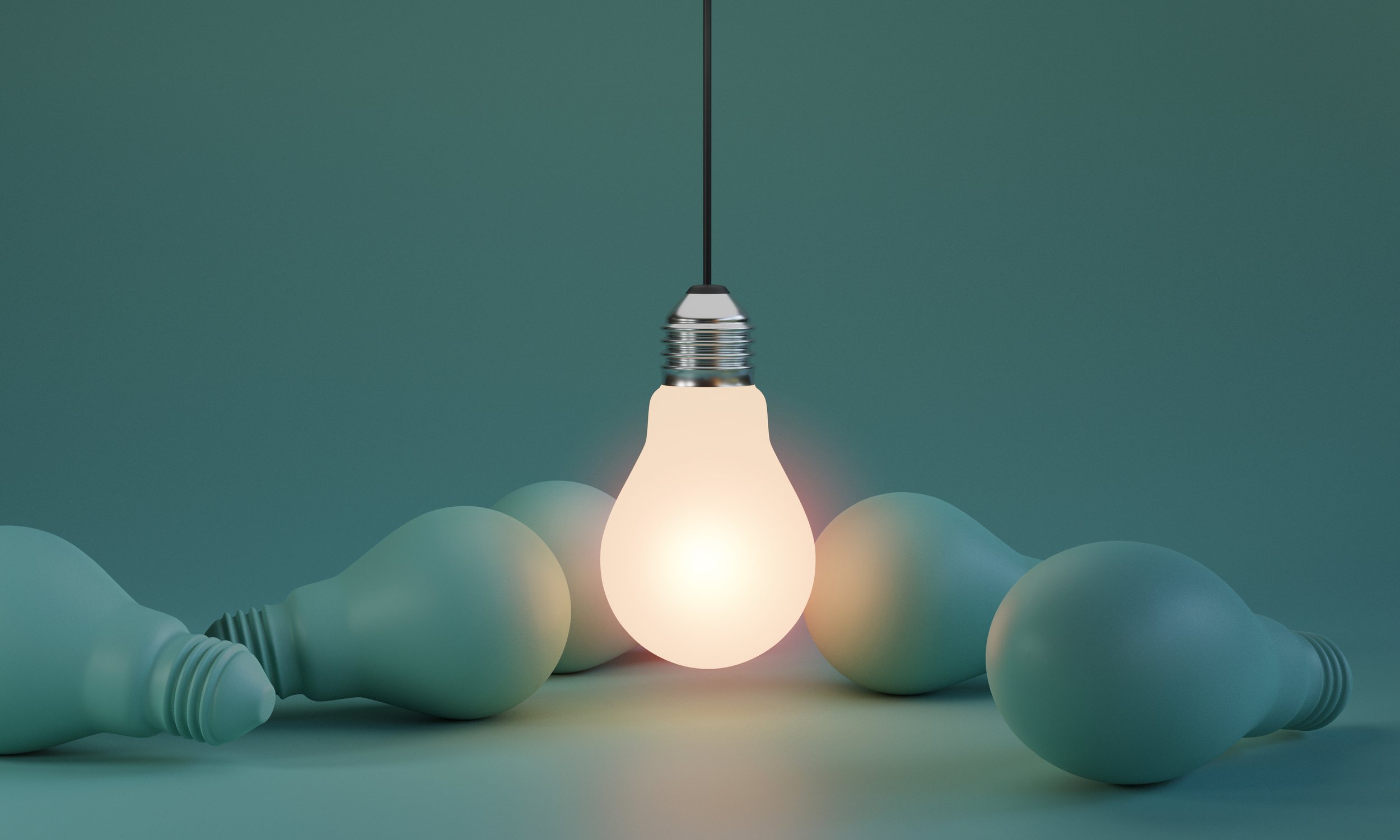The product design process – a six stage guide
How to design a new product
Every product begins with an idea. It is how this idea is developed that determines its success. Even the greatest ideas can fall flat without thorough research, testing and refinement. A new product is about more than the idea or the launch plan; it requires development over several stages.
Why is having a product design process important?
Your product may address a gap in the market or challenge existing products by providing a better solution to a consumer problem. Whatever the goal, following a clear set of steps to take it from concept to reality avoids wasted time and delivers the best possible outcome.
What is the product design process?
The term product design process describes the steps taken to bring a new product to market. The product design process begins with exploring the market opportunity and evolves through stages including concept development, design, testing, production, and launch.
There is no universal process for designing a product, however, nothing must be overlooked as there are necessary learnings from every point of the process. You must put in the groundwork to prevent running into hurdles further down the line.
The product design process explained
1. Research stages
What is your vision?
Outlining your vision sets out what you want to achieve with your product and helps give everyone a shared goal. When defining your vision, think big but with a clear eye on what is achievable and the commercial brief. Time is often wasted on designs that are creative but hard or impossible to take into production.
Always aim to innovate and steer away from ‘me-too’ solutions. Your design should not infringe on another brand’s product, and it should present consumers with something new they can’t already buy. Consider patent and design registration protection to protect your designs.
Who is your product for?
New product developments should always be to satisfy a genuine consumer need and be designed to solve the end user’s problems. Whilst the product is developed for or alongside a brand, consumer satisfaction must always be at the forefront of each project.
What is the need for the product?
Think carefully about the problem your product is solving for the consumer. How does the consumer feel about this problem? Why is your product going to solve it more satisfactorily than another product? Brands should talk to their target audience to gain valuable insight into consumer need before starting the design process.
Target markets and audience research
Market research is key to the success of any product development and should always be the starting point of any project. What is the customer need? What (competitor) products are on the market? How well do these fulfil the audience’s need? Is there potential to develop a better solution? Market research and speaking to the consumer help you gather this insight.
Competitor analysis
Understanding the key brands and key products operating in a space is crucial to the product development process. What is the current market share, and what does the data show? Is there growth potential for the category or is the sector in decline? What trends are on the horizon that can provide insight into the direction chosen to develop a product within a category or sector? Consider purchasing Mintel or GFK data (subject to budget) to gain true insight from your research.
User and market research
It is worth considering focus groups and working with insight agencies if your budget allows. You can gain valuable learnings from consumer responses to specific questions rather than simply drawing on data available from general market reports.
Defining your product USP(s)
Ideally, a product should have multiple USPs versus competitor products. There will always be one key USP but look for the opportunity to create a unique proposition that offers multiple points of difference. This could be in terms of shape, ascetic design, usage, functionality, features, or benefits. Defining what these selling points are from the outset means they stay central to the design.
How are you going to deliver it?
The USPs must be relative to the target audience and communicated in a way that is simple and clear for the consumer to understand. The features may be smart, but if they are defined in a technical or complex manner, then the consumer may become confused and disengaged. The USPs must be apparent to your target audience to prevent them from moving onto a product that they understand more easily.
2. Ideas stages
Concept and theme development
Throughout the product design process, the focus needs to be on addressing consumer need – keep in mind that you are designing a concept that solves the consumer problem.
The concept and theme development stage often begins with sketches outlining key considerations and detailing how consumer need will be addressed. It’s useful to explore themes around design, shape, and USPs, and begin noting suggestions around suitable materials.
Visualisation
The second part of the concept and theme development stage is for the creation of mood boards to present to stakeholders. From the mood boards, stakeholders agree on a chosen route and further detail around the route direction is developed and refined. This is typically a collaborative stage of the process where stakeholders see the ideas come together and the product take shape.
3. Design stages
Design considerations
There are important practical considerations central to the design stages. How can the product be manufactured in the most planet-friendly way? How can the product be made commercially viable? Is the product compliant with relevant market standards? Getting clarity on these points before starting rendering or CAD design work saves you wasted time down the line.
Technical drawings and CAD work
CAD software is used by designers and engineers to create plans for everything from plates and bowls to cars and skyscrapers. Designs generally tend to be created in 3D and, once completed, are passed to manufacturing partners for final engineering before tooling takes place. Often prototype samples made in a SLS (selective laser sintering) material are provided to clients for review and sign off.
Sourcing and factory audits
Whilst the design work is underway, the sourcing team approach suitable manufacturing partners, get NDAs signed and carry out factory general and circular economy audits. You want to understand tooling lead times, estimated tooling costs and estimated production costs.
4. Testing stages
Compliance and quality control
Your quality control and assurance team should contact a test lab early in the design phase, or certainly as the concept is evolving. If compliance is not considered at this stage, it can create huge delays later, or potentially cancellation of a project.
Adapting the product for different markets
It’s important to partner with a lab on any concept, particularly if it’s a unique space, where one product may cross multiple conformance requirements. In addition, products may need to be adapted for different markets.
Post Brexit, even UK and European standards can differ significantly, and launching a product globally can mean extensive testing and potentially different versions of products to satisfy each market.
5. Pre-launch
Manufacturing pre-production
Sampling is an opportunity to review the designs ‘in-the-flesh’ before tooling, and to make any amends whilst it’s still possible. Pre-production samples usually comprise of 20-50 pieces off tool for quality control to check finishing.
The next step is RTP (representative to production) sampling which happens when the material is off tool. The purpose of RTP sampling is to complete external compliance testing and to agree client and stakeholder sign off for the product.
Once the product is off tool and RTP sampling is signed off, there are still several processes to carry out before a product can be ‘retail ready’, including packaging and drop tests to ensure that product can travel safely and arrive at its destination without damage.
Risk management
Once production is underway with a new factory, the QC team should be there for the duration of the first 3 or 4 production runs, to ensure standards are adhered to and no shortcuts are being taken.
Although placing high quality resource at the factory can be costly, it is an essential part of the process to avoid risk around faults leading to consumer returns and the worst-case scenario of a product recall. Such issues can cost hundreds of thousands of pounds to resolve, therefore the investment in factory control pre and during production is of paramount importance.
6. Post-launch
With new product developments, the initial product launch isn’t the end of the process. Consumer feedback is of huge importance and it’s typical for V2 of a product to be launched within 12 months driven by feedback and potential improvements. This is unlikely to be a complete overhaul of the product, but rather tweaks to improve the product and iron out niggles from the original version.
Amendments can also be driven by trends, as many products are driven or influenced by seasonal fashion. There may be an update in colours, prints, or designs based on emerging trends, or perhaps a limited-edition version of the product developed to widen the distribution. This can often be (but is not limited to) a brand partnership or collaboration with another brand that can target a different target audience.
Get support from a product development partner
The product design process detailed above is one way to approach your product development. It is the tried and tested framework developed and implemented by the team at Plan A. We have decades of combined experience across product design, sourcing and finance functions, and a proven track record for launching commercially successful products.
When embarking on a fresh project, the support of a product development partner cannot be underestimated. We guide you through the stages, supporting you past any roadblocks. From establishing your product development strategy to product sourcing, compliance testing and production management, we are your trusted partner, driving your project forward.
Talk to us about your product development plan
We have a flexible approach to how we work with clients and their teams. Whether you want to partner with us from the start of your journey or you need support around a specific stage or problem you’ve encountered — we’re on hand to help.
Would it be useful to speak with someone about your new product idea? Or perhaps you would like help overcoming a challenge with an existing project? Whatever stage you are in the product design process, get in touch and our team will get back to you to help.





